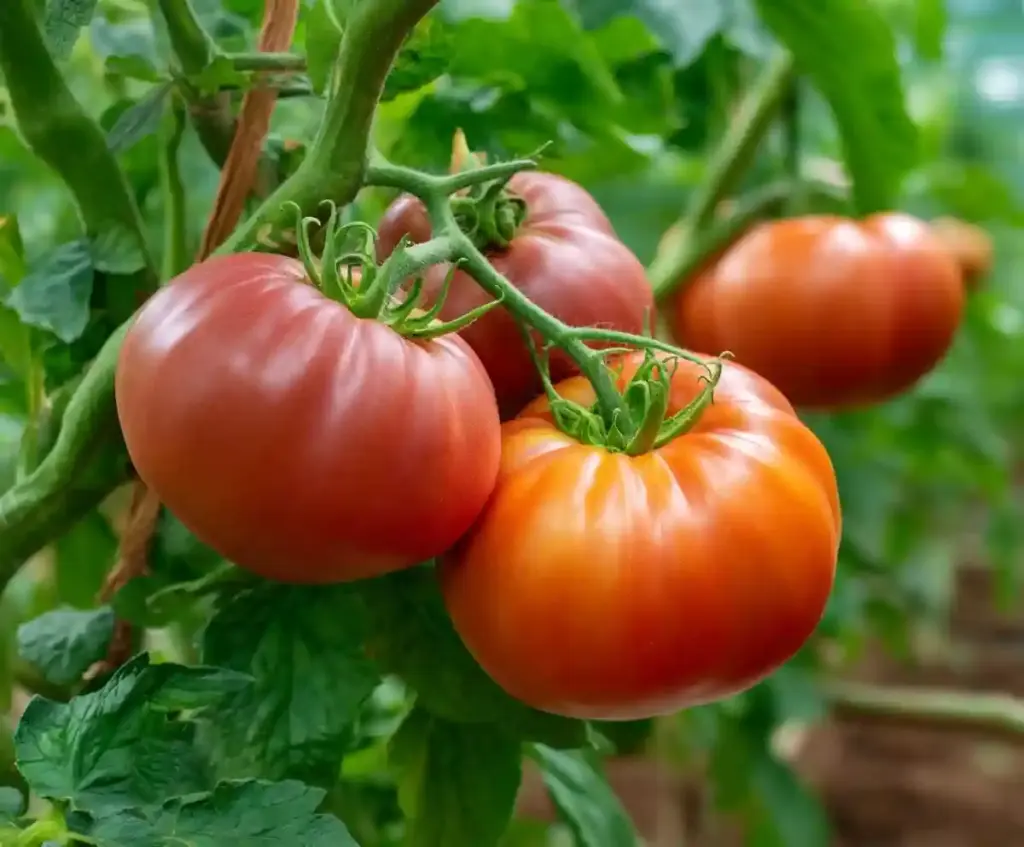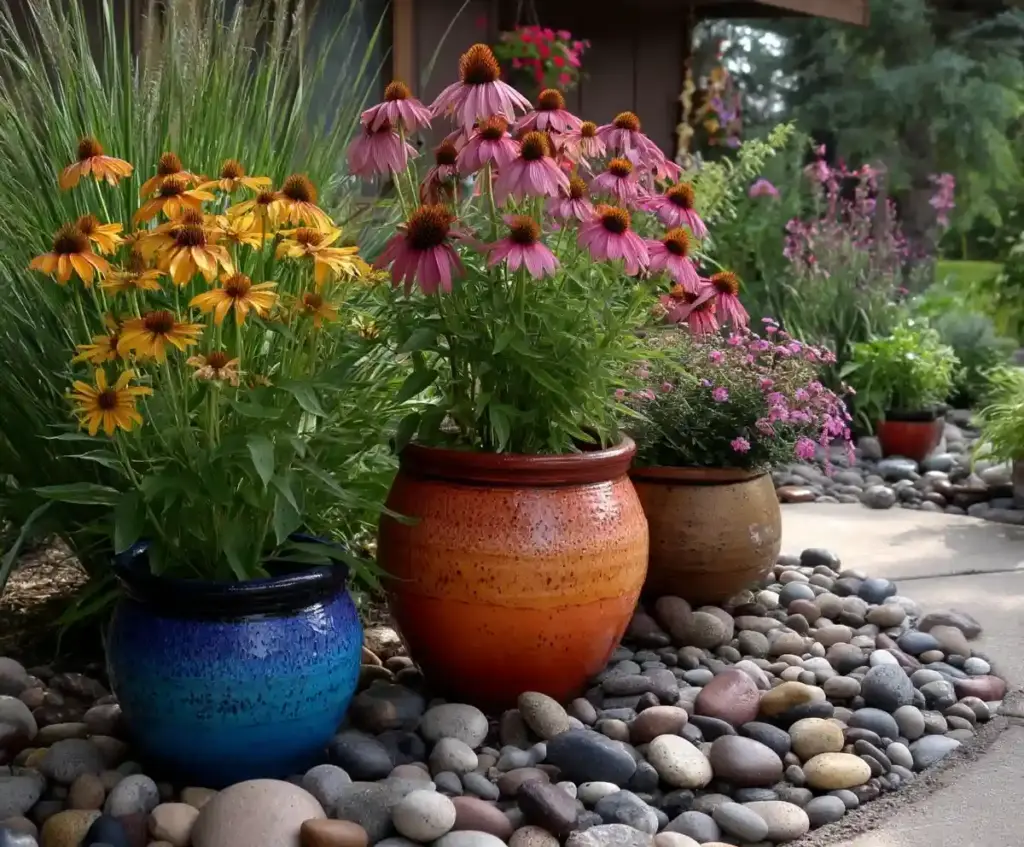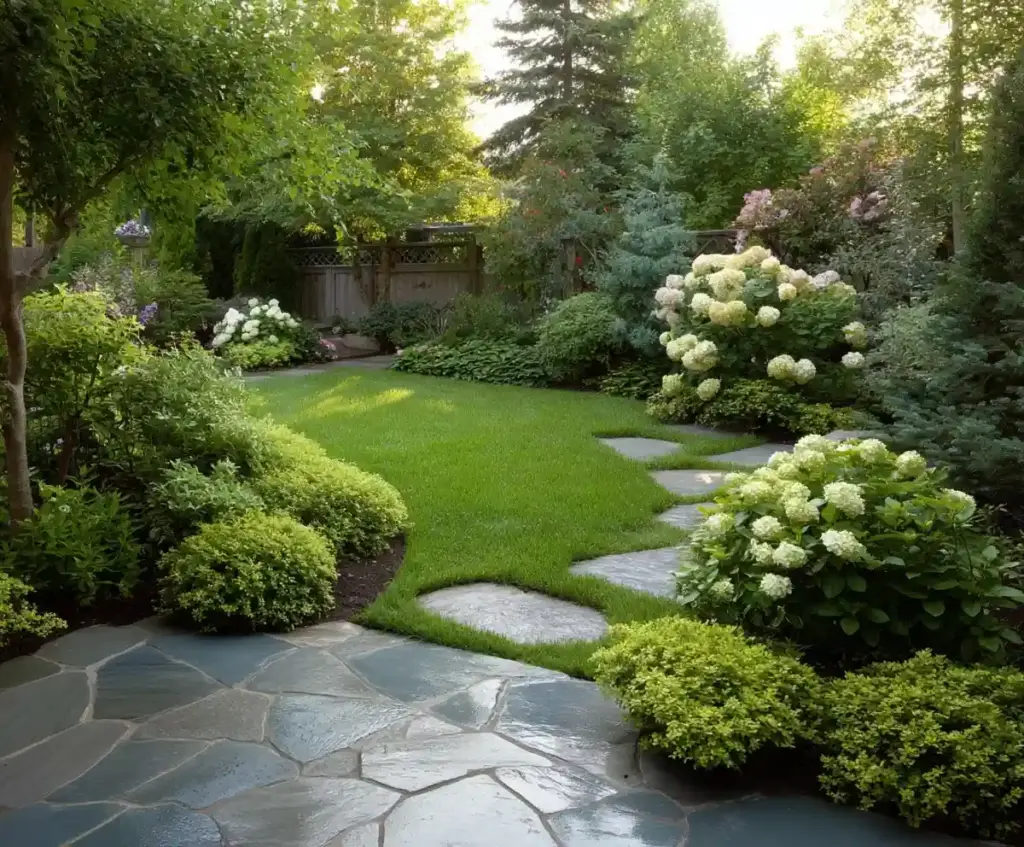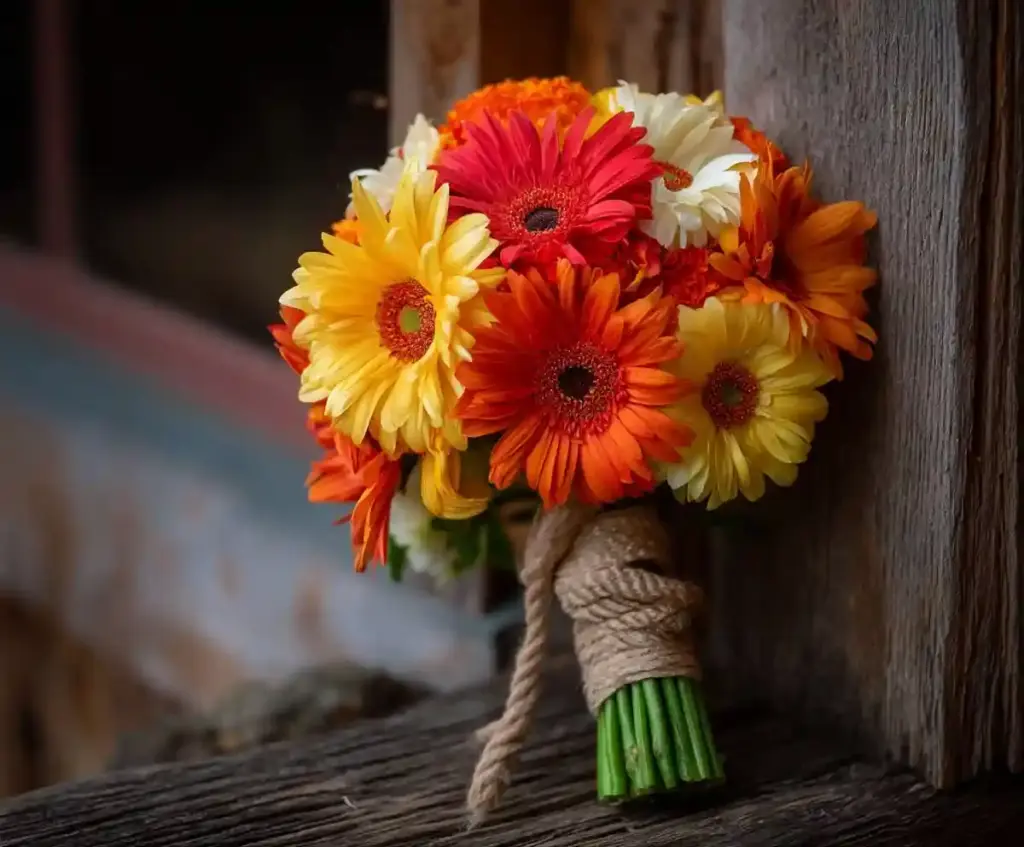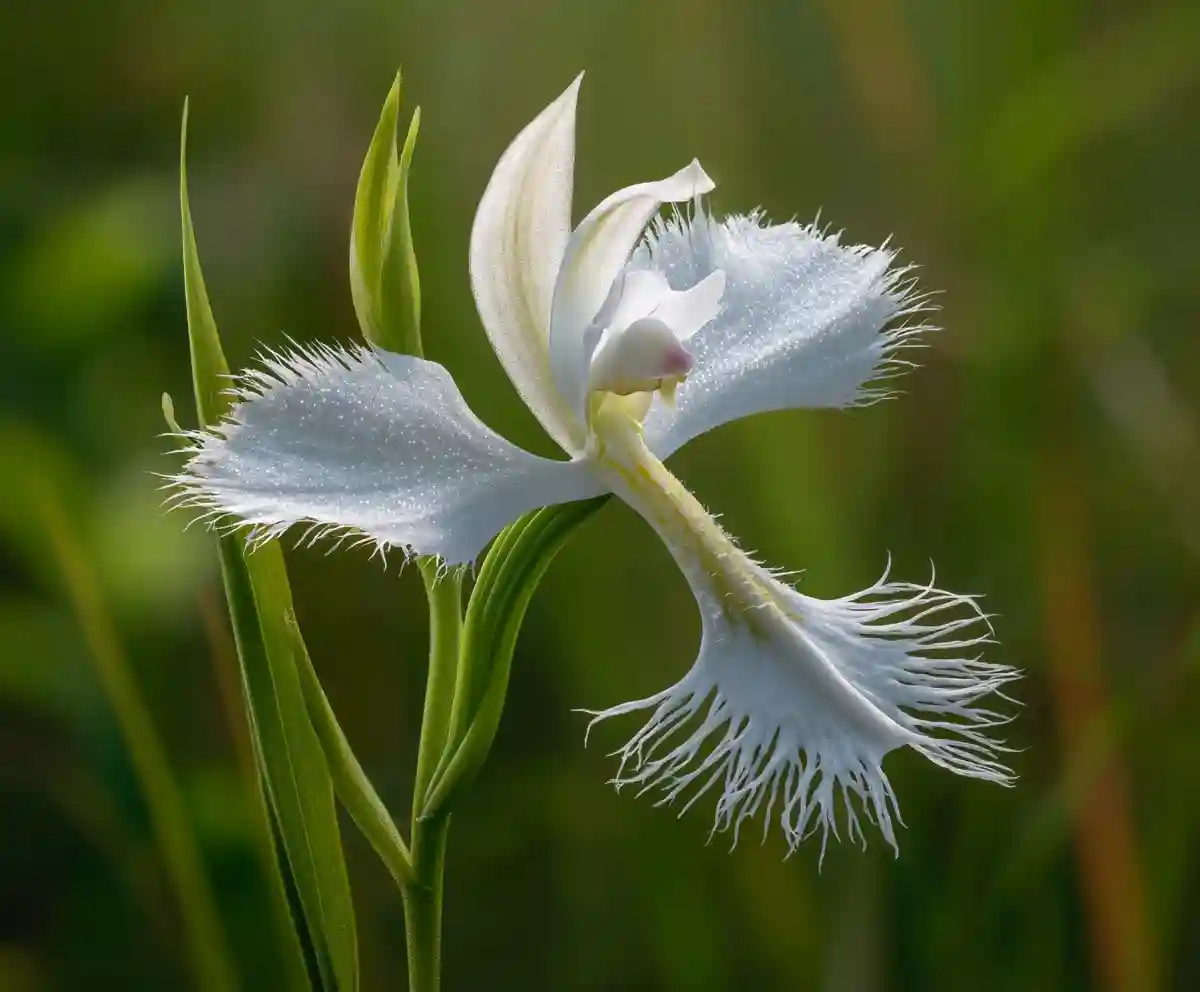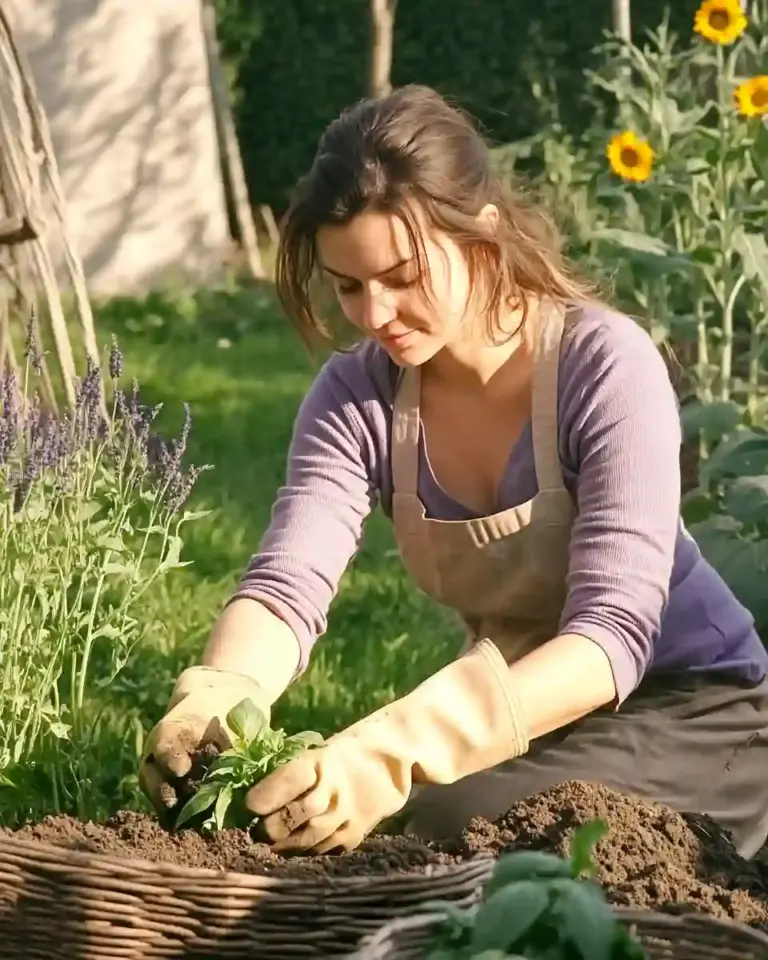Strange flowers can be breathtaking, bizarre, and even a little unsettling. While roses and tulips dominate gardens, nature hides a curious collection of blooms that defy expectations. Some tower over people with a stench like rotting meat, others mimic lips, bats, or even tiny human figures. These unusual plants aren’t just eye-catching—they’ve evolved unique shapes, colors, and scents to survive in their specific environments. In this guide, we’ll meet six of the world’s most remarkable botanical oddities, each with a story as fascinating as its appearance.
Table of Contents
1. Corpse Flower (Amorphophallus titanum)
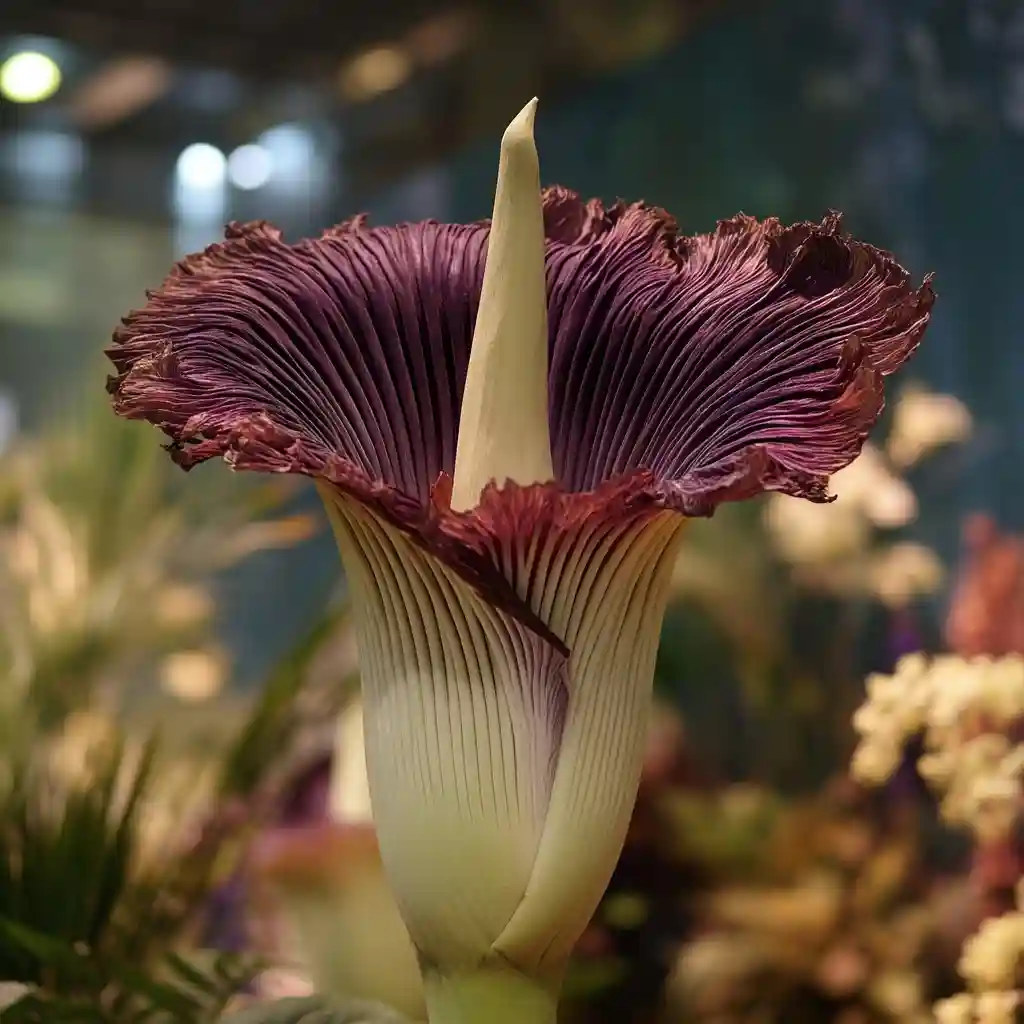
Among all strange flowers, the Corpse Flower might be the most infamous. Native to the rainforests of Sumatra and Indonesia, this giant plant can grow over 10 feet tall. When it blooms, it releases a pungent smell that closely resembles decaying flesh. This odor isn’t just a quirky trait—it’s a clever survival strategy. The foul scent, combined with deep maroon and purple tones, mimics a dead animal and attracts carrion beetles and flesh flies, which serve as its pollinators. The bloom is rare, sometimes appearing only once every several years, making it a bucket-list sight for dedicated plant lovers.
2. Hot Lips (Palicourea elata)
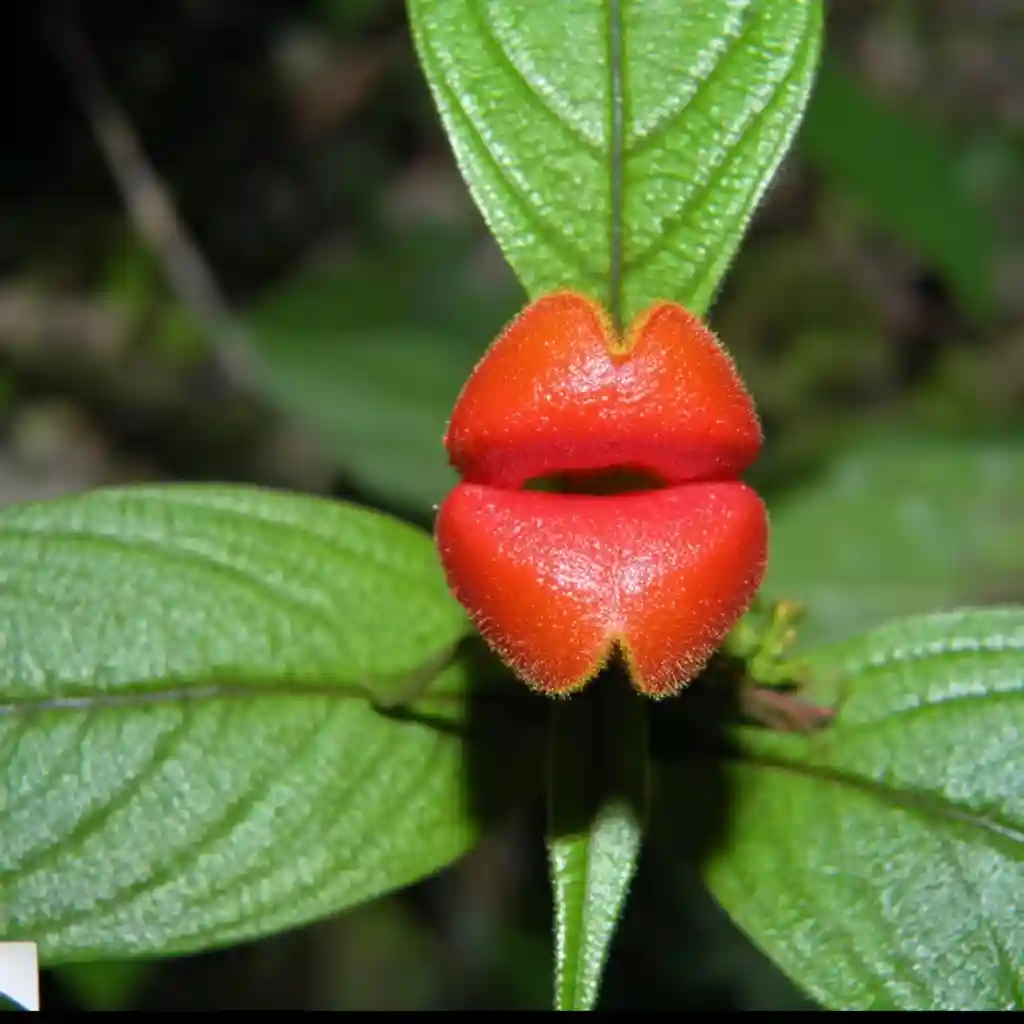
This tropical beauty earns its place among strange flowers for its eye-catching “pout.” Found in the rainforests of Central and South America, the Hot Lips plant develops bright red, lip-shaped bracts just before it blooms. These vivid shapes aren’t petals but modified leaves that help attract pollinators like hummingbirds and butterflies. The display lasts from December to March, adding a splash of color to the otherwise green landscape. While it may look like nature’s joke, those exaggerated “lips” are an ingenious way to advertise nectar rewards in the dense jungle.
3. Black Bat Flower (Tacca chantrieri)
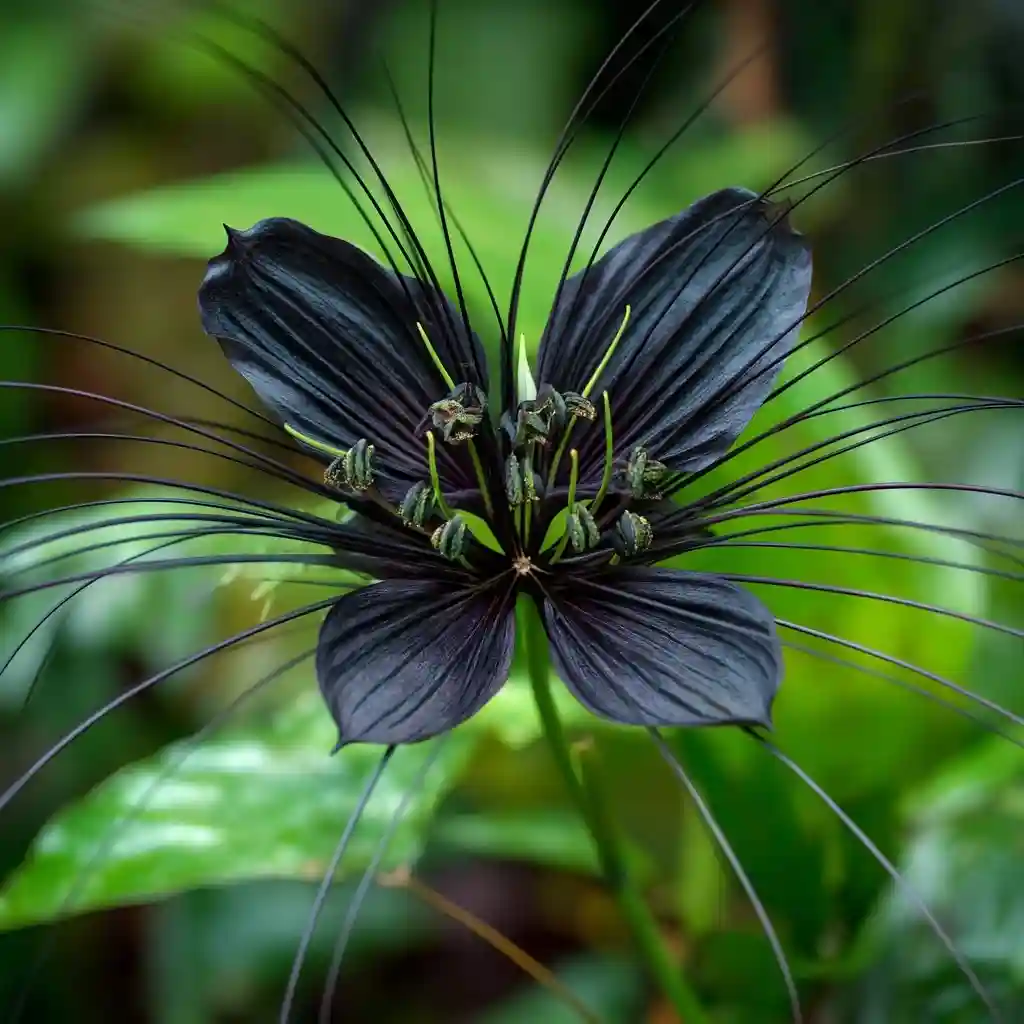
Standing out in the world of strange flowers, the Black Bat Flower looks like it belongs in a gothic garden. Native to Southeast Asia, its glossy black petals spread out like bat wings, while long green filaments—called bracteoles—hang dramatically from the bloom. Scientists aren’t entirely sure what purpose these dangling “whiskers” serve, but some believe they might help with photosynthesis. The plant’s deep, dark coloring is unusual in nature and may appeal to specific pollinators that thrive in shaded, humid forest floors. For plant collectors, it’s a prized specimen with an unmistakable, mysterious charm.
4. Naked Man Orchid (Orchis italica)
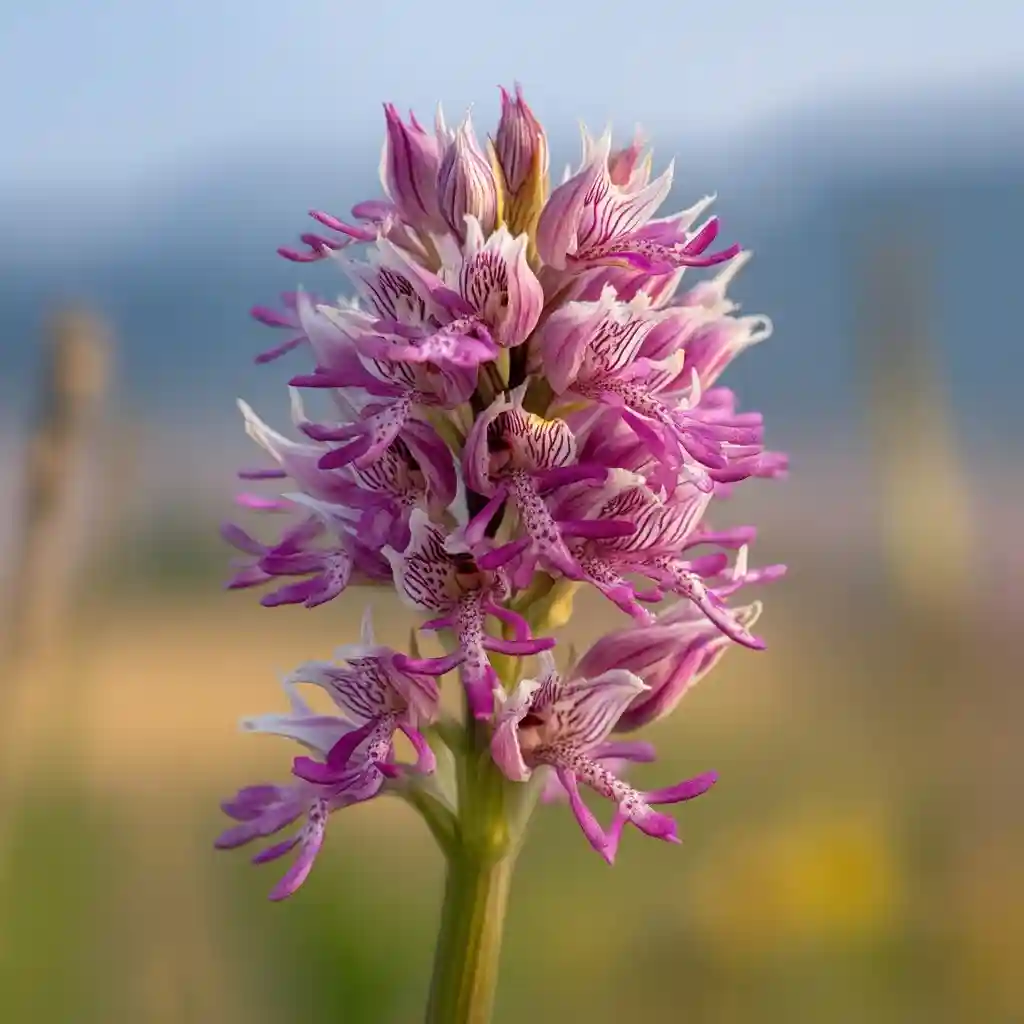
Few strange flowers spark as much amusement as the Naked Man Orchid. Native to the Mediterranean region, each bloom has lobed petals that resemble a tiny human figure—complete with arms, legs, and even a “head.” Growing in clusters, these orchids can look like a gathering of miniature figurines. In Italy, folklore suggests that eating parts of the plant can boost vitality and masculinity. While it’s often admired for its quirky appearance, this orchid is also a reminder of nature’s incredible talent for shaping blooms in unexpected ways.
5. White Egret Orchid (Pecteilis radiata)
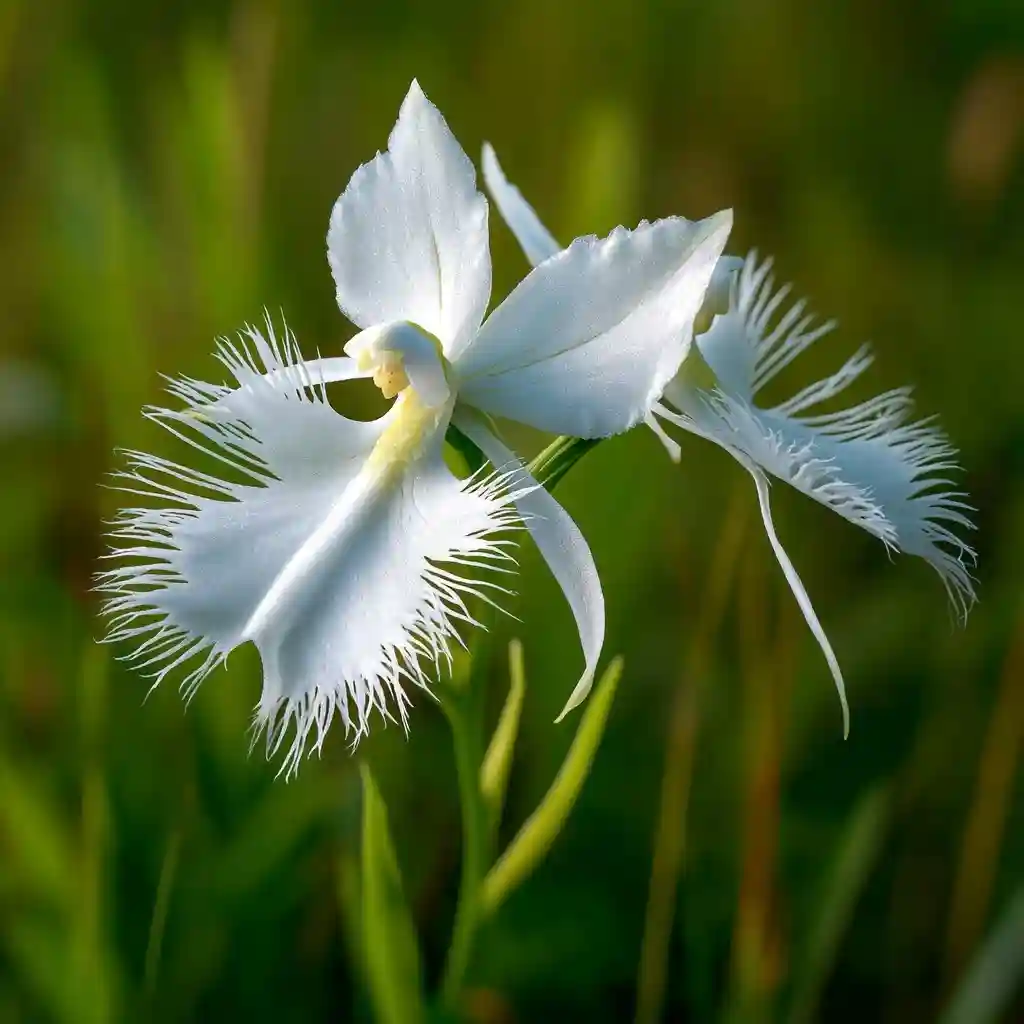
Among strange flowers, the White Egret Orchid stands out for its delicate elegance. Native to parts of China, Japan, Korea, and Russia, its pure white petals are fringed in fine, feathery edges that resemble the outstretched wings of a flying egret. Blooming in summer, this orchid prefers moist, sunny meadows and marshes, where its graceful form can catch both sunlight and the attention of pollinators. Gardeners prize it for its intricate beauty, but it requires careful care, as the plant thrives best in conditions that mimic its wild habitat.
6. Jackal Food (Hydnora africana)
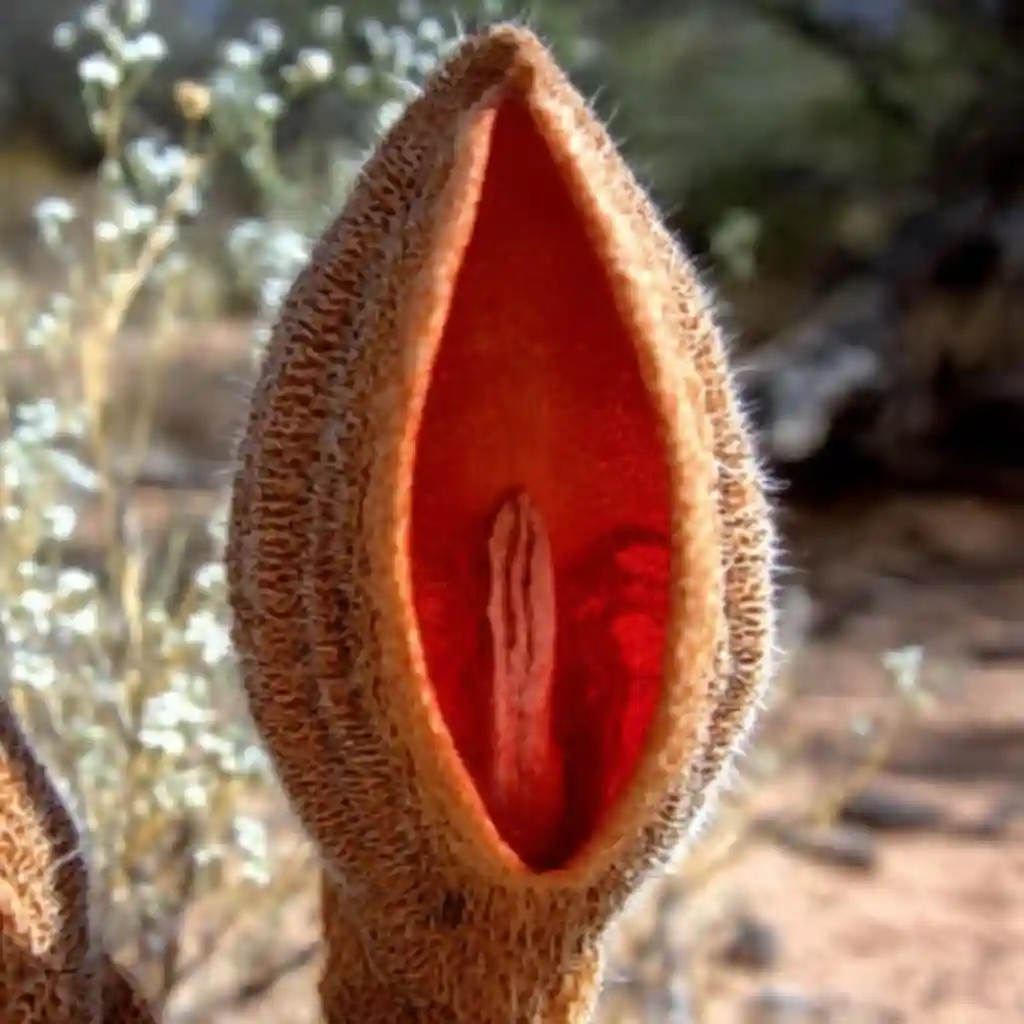
One of the strangest flowers on Earth, Jackal Food grows mostly underground in the arid regions of Southern Africa. Instead of producing leaves and stems like most plants, it parasitizes the roots of nearby vegetation for nutrition. The only part you see above the soil is its thick, fleshy flower, which splits open like a gaping mouth. This odd structure emits a strong, unpleasant smell to attract dung beetles and carrion beetles for pollination. Its eerie appearance and unusual lifestyle make it a fascinating, if slightly unsettling, marvel of the plant world.
Conclusion
These six strange flowers prove that nature’s creativity knows no bounds. From lip-shaped leaves to blossoms that smell like decay, each plant has evolved extraordinary features to survive and reproduce. While they may not all be traditional garden favorites, they remind us that beauty often lies in the unexpected. For plant enthusiasts and curious minds alike, these botanical wonders are a testament to how diverse and surprising the natural world can be.
FAQ
Q1: What makes a flower “strange”?
A flower can be considered strange if it has unusual shapes, colors, scents, or growth habits that differ from common garden varieties. Many strange flowers evolve these traits to attract specific pollinators or adapt to unique environments.
Q2: Are strange flowers rare?
Some are extremely rare and bloom only under certain conditions, like the Corpse Flower, which may take years between blooms. Others, such as the Naked Man Orchid, are more common in their native regions but still unusual to see elsewhere.
Q3: Can I grow strange flowers at home?
Yes, but many require specific climates, soil types, and care routines. For example, the White Egret Orchid thrives in moist, sunny areas, while the Black Bat Flower needs humid, shaded conditions.
Q4: Why do some strange flowers smell bad?
Unpleasant odors often serve a purpose—usually attracting pollinators like beetles and flies that are drawn to the scent of decay. The Corpse Flower and Jackal Food use this tactic effectively.
Q5: Where can I see strange flowers in person?
You might find them in botanical gardens, specialized greenhouses, or their natural habitats. Some, like the Hot Lips plant, are easier to spot during specific blooming seasons.
🌿 Love gardening inspiration? Follow me on Pinterest for bold plant ideas, tips, and seasonal color!
More Posts
